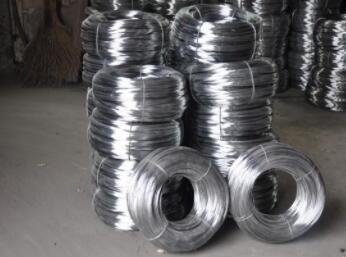Different Types of Nails Used in Construction
When it comes to construction, nails are essential fasteners that join different materials together. The right type of nail can significantly affect the quality, durability, and stability of any construction project. Understanding the various types of nails available can help contractors, carpenters, and DIY enthusiasts make informed decisions based on their specific needs. In this article, we will explore the different types of nails used in construction, their applications, and unique features.
1. Common Nails
Common nails are the most basic and widely-used type of nails in construction. They have a flat head and a thick shank, designed for fastening wood pieces together. These nails are commonly used for framing, flooring, and general construction tasks. Common nails can be easily driven into wood and provide a strong hold, making them ideal for structural applications.
2. Box Nails
Box nails are similar to common nails, but they are thinner and have a smaller head. This makes them less likely to split the wood when driven in. Box nails are often used for lighter applications like constructing boxes, crates, and thinner wooden components. Their design allows for a secure hold without damaging the material, making them suitable for projects where appearance is also a concern.
3. Finishing Nails
Finishing nails are characterized by their small heads and slender shanks. These nails are primarily used in woodworking projects that require a neat finish, such as trim work, molding, and cabinetry. The small head of a finishing nail allows it to be driven nearly flush with the wood surface, creating a smooth look that can easily be concealed with wood filler or paint. Finishing nails are usually installed using a nail gun or a hammer with a nail set to ensure they are driven deep enough into the wood.
4. Brad Nails
Brad nails are even smaller than finishing nails, making them ideal for delicate woodworking projects, such as assembling furniture or attaching thin trim. Brad nailers, which are specialized nail guns for brads, allow for precise applications and create minimal wood splitting. Because brad nails are so small, they often do not require any additional finishing, although they can be driven deep enough to allow for wood putty or paint.
different types of nails construction

5. Roofing Nails
Roofing nails feature a wide, flat head and are specifically designed for roofing applications. The flat head provides a larger surface area to hold roofing materials in place, while the sharp, elongated shank allows for easy penetration through shingles and other roofing materials. Roofing nails are typically galvanized or coated to prevent rusting, ensuring a longer lifespan when exposed to the elements.
6. Masonry Nails
Masonry nails are specially designed to fasten materials to masonry surfaces such as brick, concrete, or stone. They are made from hardened steel, which gives them the strength needed to penetrate tough materials. These nails often have a fluted shaft to enhance grip and resistance against pull-out forces. Masonry nails are most commonly used in construction projects that involve anchoring wooden structures or materials to a masonry foundation.
7. Concrete Nails
Concrete nails are similar to masonry nails but are designed specifically for use in concrete. They are tapered and have a hardened steel construction, allowing them to penetrate concrete surfaces effectively. Concrete nails are often used in applications such as attaching wooden forms to concrete before pouring or fastening furring strips to concrete walls.
8. Cut Nails
Cut nails are rectangular in shape and were once the standard in construction before the advent of wire nails. They are typically made from wrought iron and are driven into the wood at an angle. Cut nails are often used in flooring applications because their unique shape provides a strong hold in the wood grain, ensuring stability. Although less common today, they are still favored in historical restorations and traditional carpentry.
Conclusion
Understanding the different types of nails is crucial for anyone involved in construction or woodworking. Each type of nail serves a specific purpose, and selecting the right one can significantly impact the integrity and appearance of the finished project. From common nails for framing to specialized nails for roofing and masonry, knowing which nail to use in various situations ensures efficient and effective construction. By making informed choices about the types of nails, builders can achieve durable, strong, and visually appealing results in their projects.

















